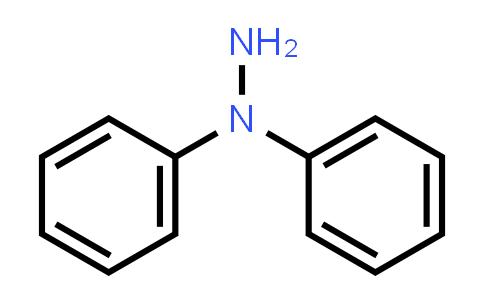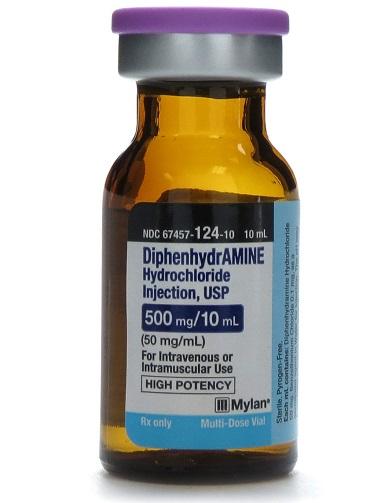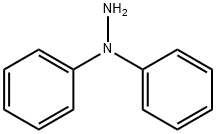Toxicity of 1,1-diphenylhydrazine
Oct 14,2021
Diphenylhydrazine is a man-made chemical that occurs in two isomeric forms: 1,1-diphenylhydrazine and 1,2-diphenylhdrazine. Diphenylhydrazine is produced by the reduction of nitrobenzene. Little or no information is available for 1,1-diphenylhydrazine. Most toxicological and use data pertain to 1,2-diphenylhydrazine.

Previously, 1,2-diphenylhydrazine was used for producing benzidine that was used in the synthesis of benzidine-based dyes. However, these dyes are no longer produced in the United States. The primary use of 1,2-diphenylhydrazine is in the production of the anti-inflammatory agent phenylbutazone and sulfinpyrazone, a uricosuric agent.
Mechanism of Toxicity
Definitive information regarding the environmental fate and behavior of diphenylhydrazine in environmental media is extremely limited. No information is available affirming persistence of diphenylhydrazine in the environment or definitive pathways for its degradation. The low vapor pressure of diphenylhydrazine precludes it being a significant air contaminant. Diphenylhydrazine may be moderately absorbed into soil but it would be quickly oxidized to azobenzene. The half-life of diphenylhydrazine in water is reportedly less than 15 min and is likely due to its oxidation to azobenzene and benzidine.
The mechanism of action of diphenylhydrazine is not known. It is possible that some toxic effects may be attributed to its major metabolites, aniline and azobenzene, both of which are known carcinogens. Results of metabolism studies reporting aniline, benzidine, hyroxybenzidines, and aminophenols as metabolites in rats following multiple routes of administration suggest that the diphenylhydrazine metabolism may be similar to that of azobenzene and aniline. It is also possible that conversion of 1,2-diphenylhydrazine to aniline in the gastrointestinal tract may occur due to intestinal microflora and via acid hydrolysis.
- Related articles
- Related Qustion
Diphenhydramine is a first-generation antihistamine that works at the H-1 receptors. It was first synthesized in 1943 by Dr George Rieveschl of the University of Cincinnati.....
Oct 14,2021APIOtto Fuel II (OFII) was developed by Dr Otto Reitlinger and introduced by the United States Navy in the mid-1960s as a monopropellant, a propellant consisting of a chemical or mixture.....
Oct 14,2021Chemical Reagents1,1-DIPHENYLHYDRAZINE
530-50-7You may like





